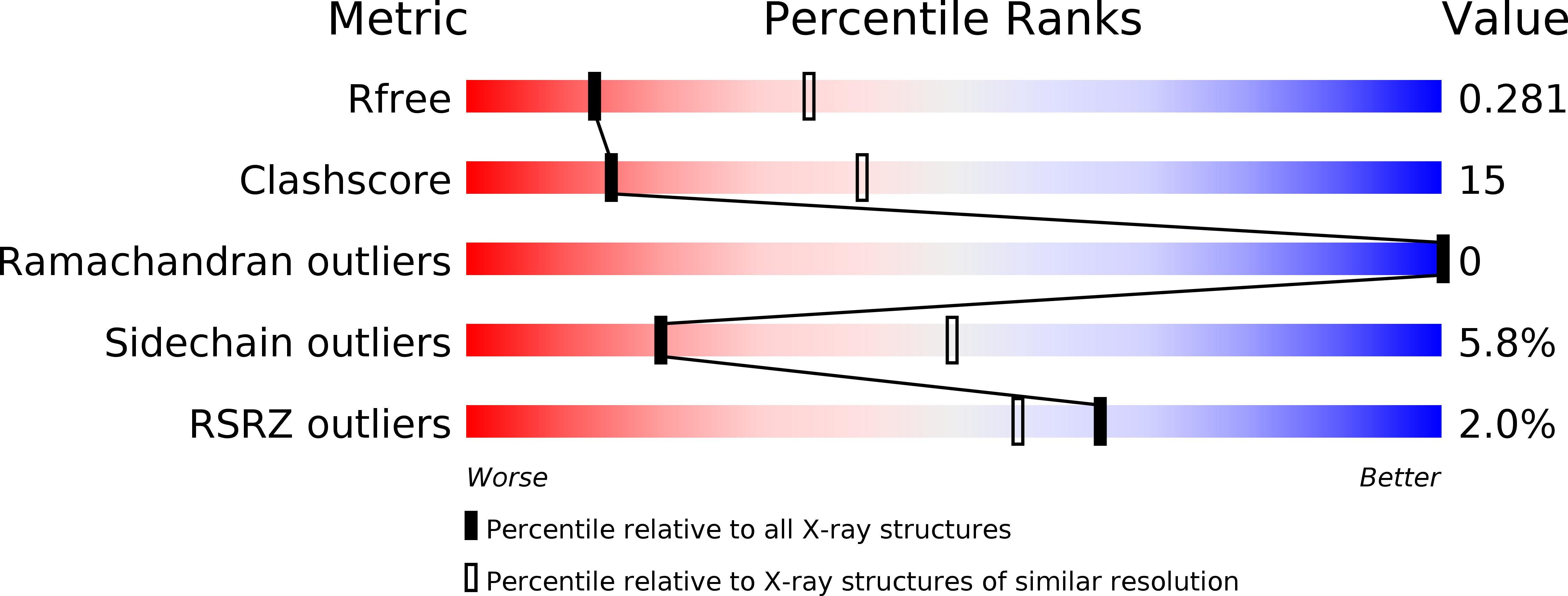
Deposition Date
2002-01-31
Release Date
2002-12-04
Last Version Date
2024-10-30
Entry Detail
PDB ID:
1KX8
Keywords:
Title:
Antennal Chemosensory Protein A6 from Mamestra brassicae, tetragonal form
Biological Source:
Source Organism:
Mamestra brassicae (Taxon ID: 55057)
Host Organism:
Method Details:
Experimental Method:
Resolution:
2.80 Å
R-Value Free:
0.28
R-Value Work:
0.26
Space Group:
P 43 21 2


